Explore Anuradhapura - Sri Lanka Travel, Asia
Anuradhapura is not just a place to visit, it’s a place to feel. Nestled in Sri Lanka’s North Central Province, this UNESCO World Heritage Site invites travelers to walk among sacred stupas, ancient ruins, and vibrant rituals that span over two millennia. Known as one of the world’s oldest continuously inhabited cities, Anuradhapura blends religious reverence, royal history, and everyday village life. Whether you’re a spiritual seeker, a history lover, or a curious wanderer, this ancient city offers a deep and memorable journey into the heart of Sri Lanka’s cultural identity.
Population: Approximately 950,000 in 2022.
Economy: Anuradhapura’s economy is primarily driven by agriculture, religious tourism, and small-scale trade. The region is known for rice farming, supported by ancient irrigation systems. Tourism, linked to its UNESCO World Heritage status, also plays a vital role, in supporting local businesses, guides, and hospitality services.
Landmarks: Famous for the Sri Maha Bodhi Tree, Ruwanwelisaya Stupa, and Jetavanaramaya Monastery.
Sri Lanka

Overview of Anuradhapura
History and Cultural Influence
Anuradhapura served as the first capital of ancient Sri Lanka, flourishing from the 4th century BCE for over 1,300 years. This royal city was the beating heart of Sinhalese civilization, deeply rooted in Theravāda Buddhism and advanced urban planning. The city was built around the Sri Maha Bodhi Tree, a sapling of the original Bodhi tree in India under which the Buddha attained enlightenment. This sacred fig tree, brought to Sri Lanka by Sanghamitta Theri, remains a powerful symbol of peace and resilience. Anuradhapura’s legacy also includes advanced hydraulic engineering. The ancient tanks (reservoirs) like Tissa Wewa and Nuwara Wewa sustained agriculture and settlement for centuries, showcasing early environmental wisdom.
Interaction with The Locals
What makes Anuradhapura feel alive isn’t just its ruins but its people who live with them. The locals, many of whom are farmers, monks, or artisans, carry on traditions passed down for generations. Visitors are welcomed with gentle smiles and a heartfelt “Ayubowan”—a wish for a long life. You might be invited to share a cup of tea or watch a family light oil lamps at sunset. These simple moments are often the most powerful.
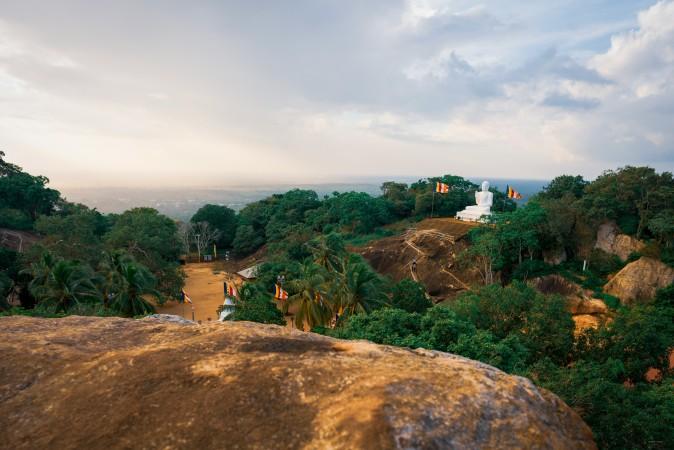
Top Attractions in Anuradhapura
Sri Maha Bodhi Tree (Jaya Sri Maha Bodhiya)
This is not just a tree. It’s the oldest historically documented tree in the world, planted over 2,300 years ago. Grown from a sapling of the original Bodhi Tree in India under which the Buddha attained enlightenment, it draws pilgrims from across the globe. Visit during a Poya Day for a moving spiritual experience.
Ruwanwelisaya Stupa
Towering white and majestic, Ruwanwelisaya is one of the most revered stupas in Sri Lanka. Built by King Dutugemunu in the 2nd century BCE, it symbolizes unity and triumph. Walk around its circular base with monks and devotees as they offer flowers and prayers in silent reverence.
Jetavanaramaya Monastery
Once the tallest brick structure in the ancient world, Jetavanaramaya still inspires awe. Built in the 3rd century by King Mahasena, this massive stupa stands as a tribute to both engineering brilliance and religious devotion. It was part of a grand monastery complex with thousands of monks.
Abhayagiri Monastery
This sprawling complex was home to one of Sri Lanka’s most influential Buddhist sects. Its name means “Fearless Hill,” and its serene grounds are filled with stone carvings, moonstones, and hidden meditation chambers. Don’t miss the Samadhi Buddha Statue, a sublime representation of stillness and inner peace.
Isurumuniya Temple
This rock temple is famed for its elegant carvings, especially the Isurumuniya Lovers—a timeless image of love and grace. Located beside a lotus-filled pond, it offers a peaceful setting and a short climb with rewarding views. The site also includes ancient inscriptions and bathing ponds.
Mihintale: The Birthplace of Buddhism in Sri Lanka
Located just 12 km from Anuradhapura, Mihintale is believed to be where Buddhism was first introduced to Sri Lanka by Mahinda Thera. Climb the 1,840 steps to witness panoramic views, serene stupas, and the iconic Aradhana Gala (meditation rock). A visit at dawn or dusk is unforgettable.
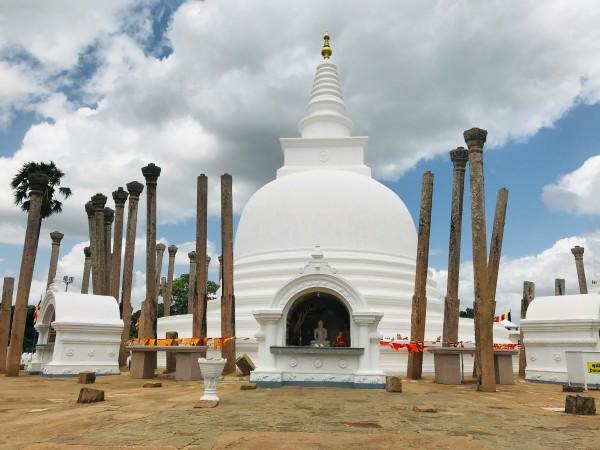
Must-Try Dishes in Anuradhapura
Food in Anuradhapura is simple, hearty, and full of tradition. Whether served in a village kitchen or a street-side eatery, every dish reflects local agriculture, Buddhist values, and seasonal ingredients.
- Rice & Curry: A Sri Lankan staple, steamed rice with a variety of curries like dhal (lentils), jackfruit, and chicken or fish, all spiced with cinnamon, curry leaves, and mustard seeds.
- Pol Sambol: A spicy coconut relish made with grated coconut, red chili, lime juice, and onions. It’s zesty and goes well with anything.
- Wambatu Moju: Fried eggplant in a sweet and tangy pickled sauce. Often served during festivals and celebrations.
- Kiri Hodi: A light coconut milk gravy often served with string hoppers or boiled vegetables.
- String Hoppers (Idiyappam): Steamed rice noodles formed into delicate nests, best paired with coconut-based curries.
- Buffalo Curd with Kithul Treacle: A creamy dessert made from locally sourced buffalo milk, served with syrup from the kithul palm. It’s cooling and rich.
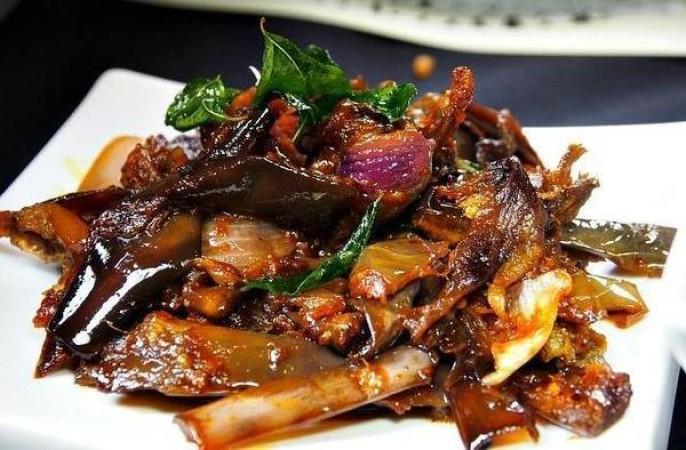
Festivals & Local Celebrations
Poson Poya (June)
Poson Poya is the most spiritually important celebration in Anuradhapura. It marks the arrival of Mahinda Thera, son of Emperor Ashoka, who introduced Buddhism to Sri Lanka in the 3rd century BCE. The heart of this festival beats strongest at Mihintale, the sacred mountain where the first dhamma discourse took place.
During Poson, the entire city transforms into a sea of white-robed devotees. Families walk long distances barefoot, chanting and carrying lotus flowers to offer at the Sri Maha Bodhi Tree and Ruwanwelisaya Stupa. The atmosphere is one of reverence and stillness, yet full of life. Thousands of volunteers operate dantrols, free food and drink stalls, offering rice, tea, and local sweets to pilgrims and visitors alike.
Vesak Poya (May)
Vesak commemorates three key events in the life of the Buddha: his birth, enlightenment, and passing into Nirvana. Though celebrated across Sri Lanka, in Anuradhapura, the occasion becomes visually and spiritually striking. Homes, temples, and public spaces are decorated with vesak kuudu (lanterns) in brilliant colors and shapes.
Devotees participate in sil campaigns (observing Buddhist precepts for the day), dhamma talks, and candlelit bathing rituals. Near the main temples, you’ll find story panels depicting the Jataka tales or the moral stories from the Buddha’s previous lives, built by local youth groups. The peaceful yet vibrant energy of Vesak offers a serene space for travelers to pause and reflect.
Sinhala and Tamil New Year (April)
Unlike the religious Poya festivals, the Sinhala and Tamil New Year (Avurudu) is a cultural event marking the traditional harvest and astrological new year. It’s a joyous time filled with rituals, food, and family. Preparations begin days in advance with a thorough house cleaning and the boiling of the first pot of milk at the auspicious hour, symbolizing prosperity.
In Anuradhapura, the air fills with the scent of kiribath (milk rice), kokis, and sweetmeats. Locals dress in bright traditional attire and play Avurudu games like tug-of-war, pillow fighting, and “pin the tail on the elephant.” Visiting temples, exchanging gifts, and lighting oil lamps are common practices, offering a glimpse into Sri Lankan hospitality and harmony.
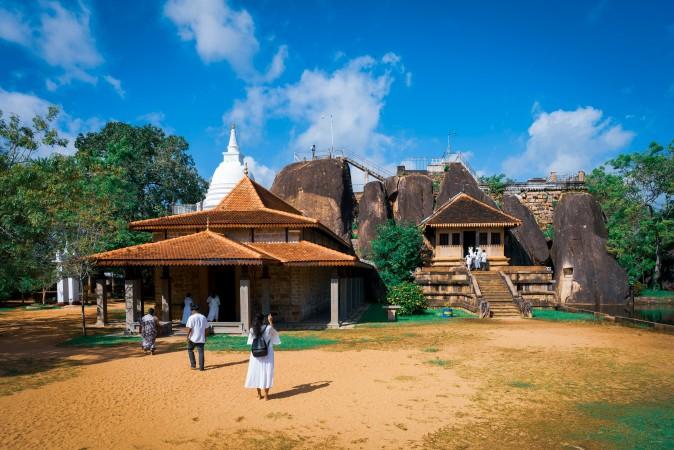
What to Do in Anuradhapura
- Cycling the Ruins: Rent a bicycle to explore the Sacred City. It’s flat, peaceful, and best done in the early morning or late afternoon.
- Sunrise or Sunset at Ruwanwelisaya: These golden hours turn white stupas into glowing domes. The atmosphere is serene and moving.
- Birdwatching at Tissa Wewa: This man-made reservoir is home to water birds, kingfishers, and the occasional monitor lizard.
- Temple Tours with a Local Guide: Deepen your understanding of Buddhist symbolism, rituals, and art.
- Picnic by Nuwara Wewa: Bring snacks, relax under the trees, and enjoy the view of the lake with stupas in the distance.
- Wilpattu National Park (nearby): Just 45 minutes away, this is Sri Lanka’s largest national park—ideal for a half-day wildlife safari to see leopards, elephants, and sloth bears.
Shopping in Anuradhapura
- Handmade Brass Items: Miniature stupas, oil lamps, and traditional Buddhist symbols, often sold near sacred sites.
- Batik Fabrics: Colorful, wax-resist dyed fabrics that tell Sri Lankan stories. Often available as wall hangings or sarongs.
- Wood Carvings: Small statues of the Buddha, elephants, or peacocks, carved by local artisans using traditional tools.
- Clay Pots and Kitchenware: Functional and decorative items made with local clay, fired in open kilns.
- Temple Souvenirs: Incense, prayer beads (malas), or Buddha figurines blessed by monks.

Weather in Anuradhapura: Best Time to Visit
Dry Season (May to September)
Average temperature: 26°C – 32°C (79°F – 90°F)
This is the best time to visit Anuradhapura. The days are mostly dry and sunny, perfect for cycling around the ruins and exploring temples. Mornings and evenings are cooler, making outdoor activities more comfortable. Expect clear skies and fewer mosquitoes.
Intermonsoon Season (October to November)
Average temperature: 25°C – 31°C (77°F – 88°F)
This short transitional period brings occasional showers in the late afternoons. While not disruptive, you may experience brief but intense rainfall, often followed by sunny skies. The landscape becomes greener, and fewer crowds mean quieter temples.
Northeast Monsoon Season (December to February)
Average temperature: 24°C – 30°C (75°F – 86°F)
This season brings moderate rainfall, especially in the evenings. Mornings are generally clear, with comfortable temperatures and a cooling breeze. The region’s vegetation is lush, and the cooler climate is ideal for long walks and temple visits.
Hot Season (March to April)
Average temperature: 28°C – 35°C (82°F – 95°F)
These are the hottest months in Anuradhapura. Rain is rare, and the sun is strong from mid-morning through late afternoon. Despite the heat, this period includes the Sinhala and Tamil New Year, a vibrant cultural celebration.
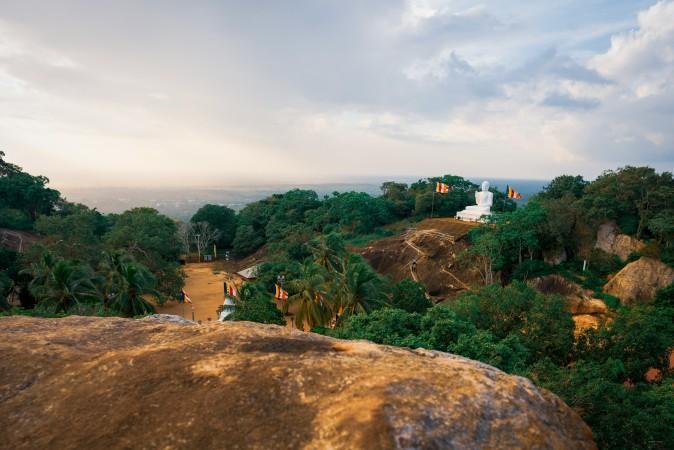
Essential Travel Information
Getting Around Anuradhapura
Getting to and around Anuradhapura is easy once you know your options. Located about 200 km north of Colombo, it’s well connected to other major cities in Sri Lanka.
- Train: A scenic and budget-friendly option. Regular trains run from Colombo, Kandy, and Jaffna to Anuradhapura. The station is just a short tuk-tuk ride from the Sacred City.
- Bus: Intercity and local buses connect Anuradhapura with nearby towns. AC buses are more comfortable but limited in number.
- Private Car or Taxi: Ideal for families or those short on time. Private drivers can be hired for day tours or longer trips.
- Tuk-tuks: Widely available and great for short distances or custom tours around the ruins. Negotiate the fare beforehand or ask for a metered ride.
- Bicycles: A popular and eco-friendly choice to explore the vast archaeological zone. Many guesthouses offer rentals.
ATM & Banking Services
- ATMs: Available in the city center and near the railway station. Most machines accept international debit and credit cards (Visa/MasterCard). Withdrawal limits and fees may apply, depending on your home bank.
- Currency exchange: Available at banks and licensed money changers in town. It's best to exchange currency at official counters for security and fair rates.
- Credit cards: Accepted at larger hotels, restaurants, and tour operators, but not guaranteed elsewhere.
- Tips: Carry small denominations for convenience, especially when paying tuk-tuks or making temple donations.
Where to Stay in Anuradhapura
- Guesthouses: Popular among budget travelers, these offer basic comfort, home-cooked meals, and friendly hosts.
- Eco-lodges and boutique stays: Designed with sustainability and serenity in mind, some feature views of temples or rice paddies.
- Mid-range hotels: Provide modern comforts with proximity to ruins and transport. Many offer bicycles for guests.
- Homestays: Ideal for cultural immersion. Share meals, traditions, and conversation with a local family.
- Pilgrimage lodges: Basic and affordable accommodations often used by local pilgrims, an option for minimalist travelers.
Des articles pour vous
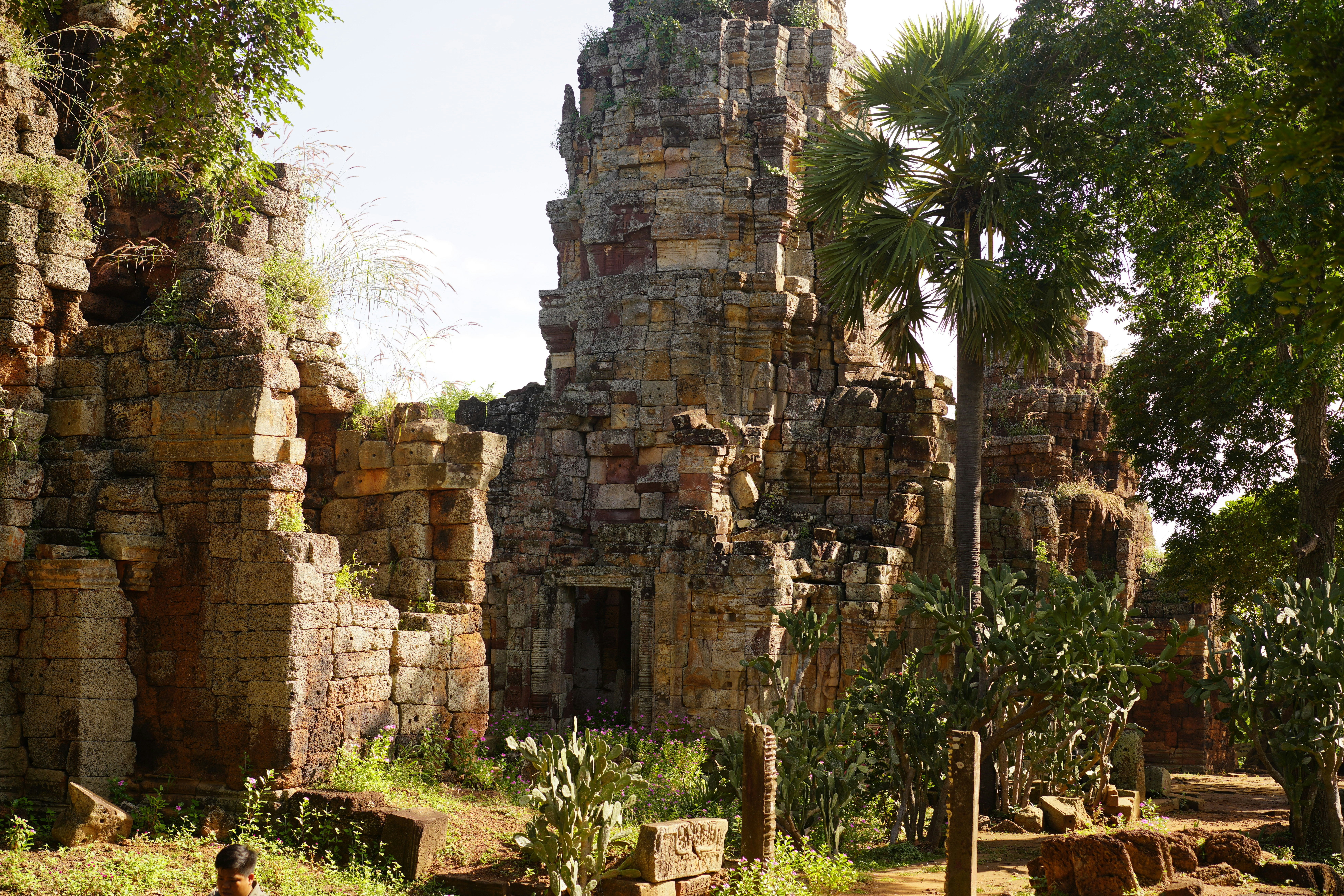
Explore Battambang - Cambodia Travel, Asia
Battambang is the soulful heart of northwest Cambodia. This is a city where time slows down and stories unfold at every turn. Known as the country’s second-largest city, it charms travelers with a rare blend of French colonial architecture, vibrant art spaces, and lush countryside landscapes. Unlike the tourist bustle of Siem Reap or Phnom Penh, Battambang offers a gentler rhythm, inviting visitors to cycle past rice paddies, meet local artisans, and soak up the authentic Khmer way of life.
Population: Approximately 120,000 in 2019.
Economy: Battambang’s economy is rooted in agriculture, earning it the title “Cambodia’s rice bowl.” Beyond farming, small-scale industries like rice milling, fish processing, and handicrafts support local livelihoods. Tourism is an expanding pillar, with visitors drawn to cultural sites, art spaces, and eco-tourism experiences.
Landmarks: Famous for The Bamboo Train, Phnom Sampeau, and the Wat Banan Temple.
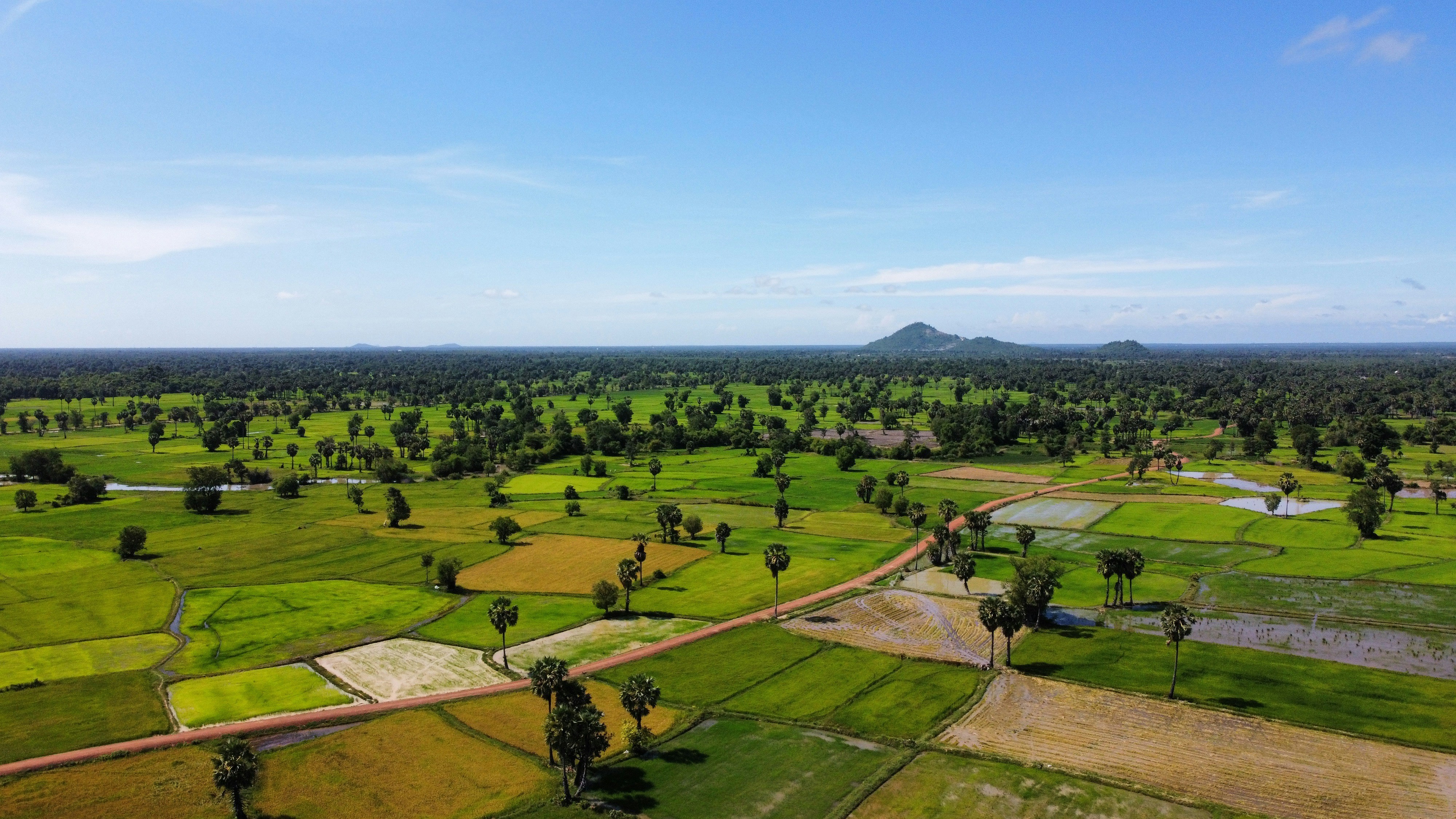
Explore Kampong Chhnang - Cambodia Travel, Asia
Set on the banks of the Tonlé Sap River, Kampong Chhnang is one of Cambodia’s most enchanting provinces, a place where the Khmer Empire’s legacy, floating villages, and pottery traditions meet. Only 90 km from Phnom Penh, this riverside town offers travelers a glimpse of authentic Cambodia far from the bustle of tourist hotspots. Known as the country’s “Pottery Capital,” Kampong Chhnang draws visitors with its handcrafted ceramics, vibrant river markets, and sweeping views of rice paddies.
Population: Approximately 600,000 in 2024.
Economy: Kampong Chhnang’s economy revolves around agriculture, fishing, and traditional crafts. The fertile plains along the Tonlé Sap River support rice farming, making the province one of Cambodia’s key rice producers. Fishing and aquaculture thrive thanks to the river and nearby Tonlé Sap Lake. Small-scale trade, markets, and growing eco-tourism add to local income
Landmarks: Famous for the Andong Russey Pottery Village, Floating Villages on the Tonlé Sap, and the Phnom Santouch Hill.

Explore Xiangkhouang - Laos Travel, Asia
Nestled in the misty highlands of northern Laos, Xiangkhouang is a province where ancient legends meet living heritage. Home to the enigmatic Plain of Jars, Xiangkhouang invites travelers to step off the beaten path and uncover a land shaped by war, resilience, and timeless traditions. Whether you’re an explorer drawn to megalithic wonders, a cultural traveler seeking human connection, or a nature lover craving serene landscapes, Xiangkhouang promises something uniquely unforgettable.
Population: Approximately 278,000 in 2025.
Economy: Xiangkhouang’s economy is largely driven by agriculture, tourism, and small-scale trade. The fertile plains and cooler climate support many types of crops and livestock farming. In recent years, tourism has emerged as a growing sector, thanks to the Plain of Jars and eco-cultural experiences attracting both domestic and international travelers.
Landmarks: Famous for the Plain of Jars, Muang Khoun, and Tad Ka Waterfall.
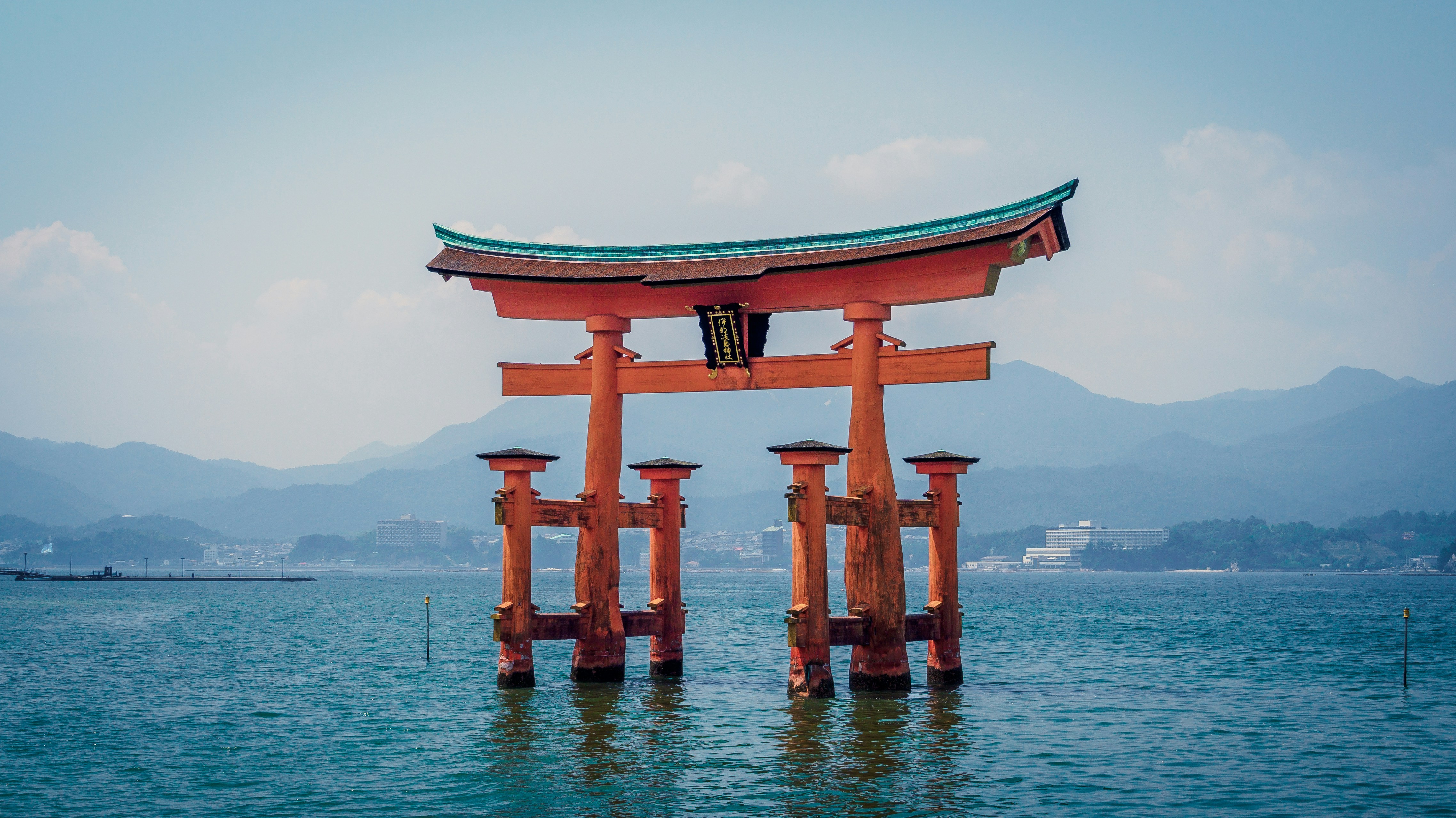
Explore Itsukushima (Miyajima) - Japan Travel, Asia
Floating gently in the tranquil waters of the Seto Inland Sea, Miyajima, officially known as Itsukushima, is one of Japan’s most treasured islands. Just a short ferry ride from Hiroshima, this peaceful destination draws travelers with its spiritual energy, ancient shrines, and wild-yet-gentle sacred deer that roam freely. Renowned for the iconic floating Torii gate of Itsukushima Shrine, Miyajima blends centuries of Shinto belief, Buddhist tradition, and natural beauty into one unforgettable journey.
Population: Approximately 1,500 in 2019.
Economy: Miyajima’s economy is deeply rooted in tourism. Visitors fuel local businesses such as traditional inns (ryokan), souvenir shops, street food vendors, and ferry services.
Landmarks: Famous for Itsukushima Shrine and the Floating Torii Gate, Mount Misen, and the Daisho-in Temple.

Explore Anuradhapura - Sri Lanka Travel, Asia
Anuradhapura is not just a place to visit, it’s a place to feel. Nestled in Sri Lanka’s North Central Province, this UNESCO World Heritage Site invites travelers to walk among sacred stupas, ancient ruins, and vibrant rituals that span over two millennia. Known as one of the world’s oldest continuously inhabited cities, Anuradhapura blends religious reverence, royal history, and everyday village life. Whether you’re a spiritual seeker, a history lover, or a curious wanderer, this ancient city offers a deep and memorable journey into the heart of Sri Lanka’s cultural identity.
Population: Approximately 950,000 in 2022.
Economy: Anuradhapura’s economy is primarily driven by agriculture, religious tourism, and small-scale trade. The region is known for rice farming, supported by ancient irrigation systems. Tourism, linked to its UNESCO World Heritage status, also plays a vital role, in supporting local businesses, guides, and hospitality services.
Landmarks: Famous for the Sri Maha Bodhi Tree, Ruwanwelisaya Stupa, and Jetavanaramaya Monastery.

Explore Polonnaruwa - Sri Lanka Travel, Asia
Polonnaruwa isn’t just a place but a journey back in time. Tucked in the heart of Sri Lanka’s Cultural Triangle, this UNESCO World Heritage Site is a wonderland of ancient ruins, sacred temples, and royal architecture that whisper tales of a grand past. Once a thriving capital of Sinhalese kings and a center of Buddhist learning, Polonnaruwa today blends history, serenity, and cultural charm. Explore majestic stone carvings, cycle through peaceful landscapes, and connect with locals who embody Sri Lanka’s warm spirit. With every step, you'll uncover layers of a story that spans centuries.
Population: Approximately 450,000 in 2022.
Economy: Polonnaruwa’s economy is primarily driven by agriculture, especially rice cultivation, supported by ancient irrigation systems like Parakrama Samudra. Tourism also plays a key role, with small-scale trading, handicrafts, and local services contributing to the town’s economic fabric.
Landmarks: Famous for the Gal Vihara, Parakrama Samudra, and The Royal Palace of King Parakramabahu I.
